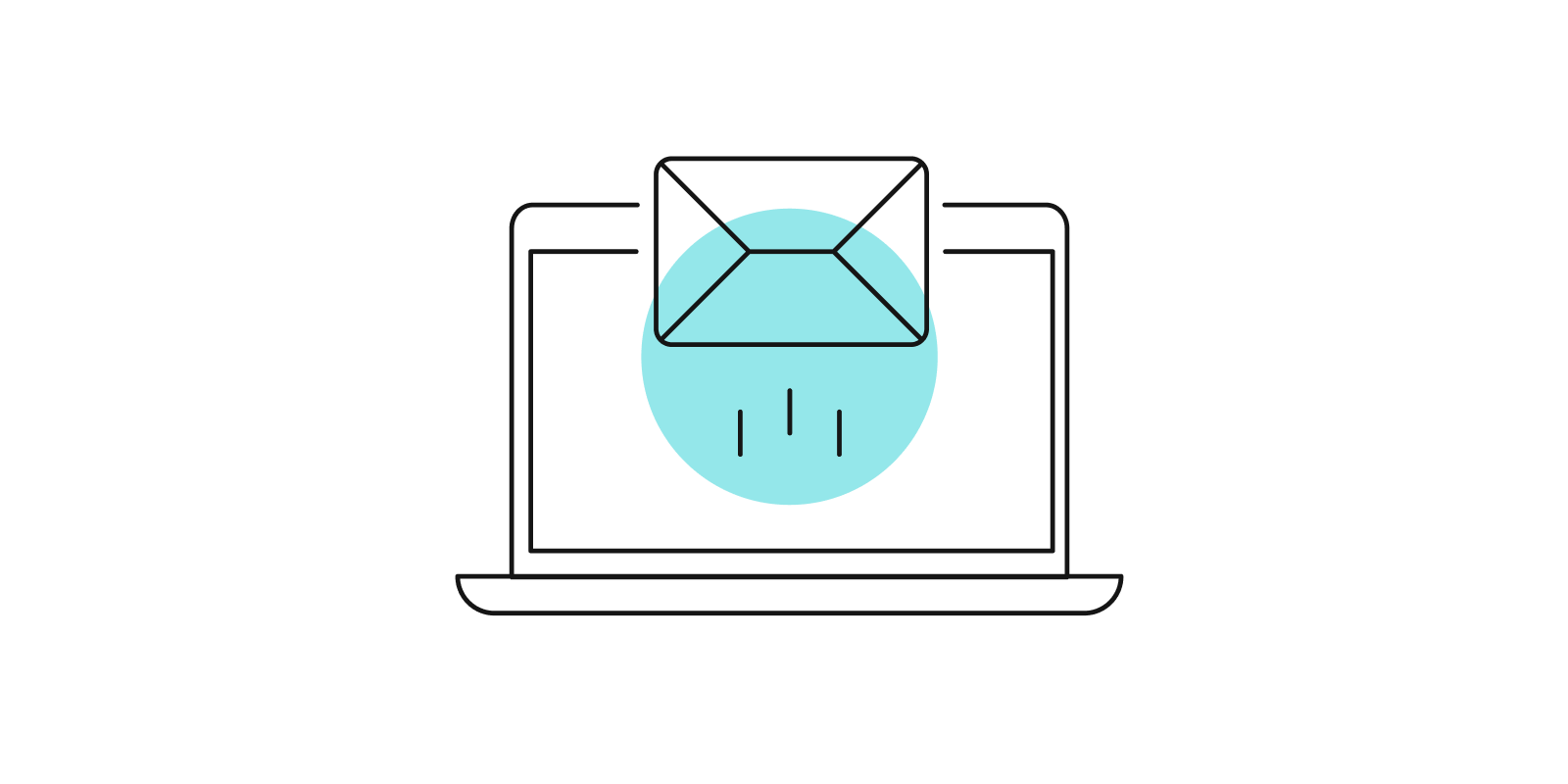
4 tactics to show the value of online programs vs. remote learning

In the post-2020 remote learning world, how do you stand out from the crowd? With universities being forced to put many of their programs and courses online because of the pandemic — and then keeping them there because now they’re ‘online’ — how do you get prospective students to consider your online courses and your online programs over the thousands now available at the click of a mouse?
First, the differences between “remote” learning and “online” learning stem from how each program was structured and envisioned. Remote learning is characterized by inconsistency and a lack of structure and is usually a reaction to an external force necessitating the need to go online quickly (as illustrated by the 2020 pandemic). At its best, learning materials and assessment are thought out in advance and instructors are trained in online teaching methods. At its worst, faculty is trying to figure out, week by week, how to convert their face-to-face content to an online format, which often results in synchronous video lectures and outdated text materials.
On the other hand, online learning is characterized by planning, consistency, and an understanding of the virtual environment, which includes the intentional use of technology to meet online teaching needs (meaning it can be a truly asynchronous experience). Assignments and student assessment are tied to outcomes and objectives which are clearly stated, course materials are planned accordingly and created for online learning, and students don’t have to guess or wonder what is expected of them from week to week.
Your programs are online and intentional. How do you tell students?
Once you have a program filled with courses that are intentional, engaging, and authentic, you need to be able to quantify this information. What’s the data that supports the claim that your courses and programs are superior?
Many will start by analyzing basic data from their learning management system (LMS).
- How do students do on quizzes and exams?
- How long are they active in their course?
- Where are they spending their time?
While these are definitely data points, are they the right data points? A student who aces every exam may just be a good test taker. What does it really mean when Andre was logged into the Week 1 Discussion for four hours — did he log in and then walk away after 30 minutes? These basic data points don’t tell prospective students much about the quality of your online courses. You need to provide information that goes deeper than basic LMS information.
While there is no magic formula, there are some strategies you can implement to obtain meaningful information and data points that are worth marketing.
- Design assessments that matter. What type of assignments and student assessment are in your courses? It’s more impressive to share an average pass rate of 85% when assignments are mapped to objectives and based on real-world situations. An 85% pass rate in a course with nothing but quizzes and exams is less inspiring.
- Survey students for concrete experiences. What do students really think about your courses and programs? When creating student surveys, ask meaningful questions. While this seems obvious, it’s still surprising how many course surveys we continue to see with questions like, “Would you recommend this course to a friend?” Relevant survey questions are pointed and meaningful, such as, “What were you able to take from this course and immediately practice on the job/in the real world?”
- Assess student confidence before and after. A good course starts with objectives. At the beginning of the course when you are telling students what they will be able to do by the end of the course, assess their confidence level as well. “How confident are you that you will be able to do A, B, and C?” Then, at the end, assess their confidence again. “How confident are you now that you will be able to do A, B, and C?” Combining an assessment of students’ before and after confidence with other meaningful survey questions (see above), and you have a powerful marketing tool.
- Use basic LMS data to determine where students are struggling in your program, and then fix those issues. While not really marketable, analyzing LMS data to continually improve student performance will reap its own rewards. Using LMS data to determine students’ pain points and then adjusting assignments and content accordingly will only improve your pass rates, retention, and student satisfaction — which will result in improved student survey results and more marketing opportunities.
From Measuring to Messaging
Let’s look at an example. Say a prospective student is comparing two online marketing programs, each with a testimonial. Which one sounds like the better program?
I was able to immediately start using the skills I learned in my marketing classes to create effective online ads. I went into the program knowing very little about online marketing, but when I graduated, I was able to create a full online marketing plan including budgeting, scoping, and timelines. This program prepared me for a career in online advertising.
I liked this program and would recommend it. I passed all my quizzes with at least an 85% and was able to get through the program in 18 months.
Each program may also market their survey results. Which is more impactful?
Students in the program graduated with a portfolio of work ready to share with prospective employers.
95% of our students scored 90% or better on their marketing quizzes.
96% of University students scored 90% or better on their advertising portfolio assignments.
87% of our graduates say they would refer our program to a friend.
The confidence level of our students, from the beginning of their program to the end, increased by 86%.
Our retention rate is 82%.
The confidence level of our students, from the beginning of their program to the end, increased by 86%.
While these examples are purely academic, they illustrate the power of creating online courses versus remote learning. In an environment where virtually everyone is online (pun intended), it’s the programs that are created for online learning, not remote teaching, that will prove to be successful over the long term and can begin to provide meaningful and relevant marketing data.
About the author

Melissa Johnson
Melissa Johnson is passionate about creating impactful online learning that is accessible by all.
She is a manager of instructional design with over 20 years of online pedagogy experience. Ms. Johson has collaborated with a variety of universities, K–12, and corporate partners to plan, develop, and implement effective and engaging online curriculum and course content.
She believes in an outcomes-based approach to learning, as well as the value of real-world application in assessment. Ms. Johnson believes that when you combine this with consultation, collaboration, and a drive to create inclusive content, you come up with online learning that makes a difference.
In addition to her day job, she’s also an urban photographer who loves music, travel, and binge-watching Law & Order.



